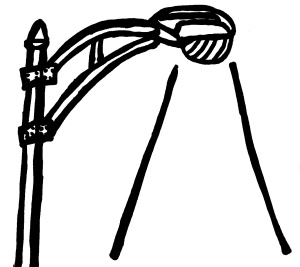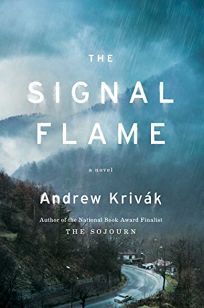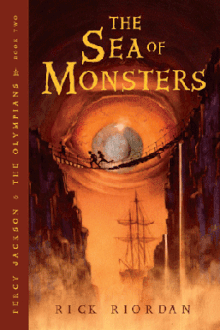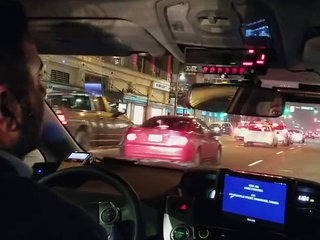
In our initial conversation about May’s Movie of the Month, the 1976 Elaine May mafia pic Mikey and Nicky, Alli wrote about how the modern organized crime picture as a genre typically is associated with large ensemble casts, gigantic budgets, and sweeping themes about the Italian immigrant experience in modern America. That does ring especially true if you think of Coppola’s Godfather trilogy and Scorsese’s Goodfellas, one of my all-time favorite films, as typifiers of the genre, as you likely should. Mikey and Nicky has much smaller concerns than either of those grand, ambitious works. Instead of attempting to capture the entirety of the mafia’s rise and fall in America, from poverty to opulence to back again, May’s film focuses on the small players who are but individual pixels in that much larger picture. The titular characters of her film, played by John Cassavetes & Peter Falk, are low level nobodies, merely necessary annoyances to their mob bosses, who treat them with open contempt. Staged over the course of a single night, the film’s minor drama reaches its lowest point when the two characters, despite essentially being each other’s only friends in the world, fight over a broken wrist watch in the dimly lit, visibly disgusting streets of pre-Giuliani NYC. There’s nothing grand or glamorous about the organized crime players in May’s film. They’re the lowlifes who’re left to fight over their mob bosses’ crumbs. That sentiment wasn’t entirely absent from Scorsese’s mafia pictures, however, even if his work in Goodfellas later represented Mikey and Nicky‘s aesthetic opposite. Three years before May’s film made it out of editing room post-production Hell, Scorsese had delivered a spiritually similar gangster film, one with common themes about small players fighting over pittances and with a common New York City grime.
I often dismiss Mean Streets as a kind of trial run for what Scorsese would later achieve in Goodfellas, but there’s a distinctly punk, lowkey charm to the film that makes it a rewarding watch in its own right. Harvey Keitel stars as a low level numbers runner who struggles with then-risque topics like interracial romantic desire & atheistic religious doubt. What really creates conflict for him as a low level mafia type, however, is the idiotic proto-punk antics of a life long friend, played by Robert De Niro. Living fast & loud, De Niro’s Falstaffian foil leaves a trail of financial debts & bruised egos wherever he goes, a mess Keitel’s troubled anti-hero often finds himself having to clean up. The dynamic of Mikey and Nicky is more or less the same, with its titular, brotherly lowlife criminals finding themselves at odds because one of them brings hateful scrutiny through his bratty, bridge-burning hedonism. With minuscule budgets & then-unproven directors, both films never had much of a chance to touch the more grandiose mafia stories of The Godfather or Goodfellas. The keep their scopes as small as possible, building tension in the betrayals and petty disagreements between their individual sets of low level criminal fiends. There’s something inherently tragic & pathetic about watching these crime world nobodies butt heads over minuscule debts & mafia etiquette while the higher-ups profit off their violence offscreen. By keeping their stories small & highly specific, both films do a great job in their own way of exposing a larger truth about the world of organized crime, if only by inference. Mikey and Nicky keeps things especially focused & streamlined, playing almost like a two-man stage play for long stretches, but Mean Streets is similarly dedicated to profiling the minor tragedies of low level criminals.
Besides their shared indulgence in minor crime world tragedy, Mean Streets & Mikey and Nicky are also both great snapshots of New York City grime. Scorsese’s reputation as a master of capturing 70s NYC in all of its sleazy glory might be more closely associated with Taxi Driver, which is a film more or less about the subject, but Mean Streets feels almost more authentic for using 70s NYC as a backdrop & a playground instead or a focal point. Keitel & De Niro’s crime-ridden tour of the Old New York is a great atmospheric measurement of the underbelly sleaze and working class angst that would soon lead to the city’s punk rock boom in just a few trips around the Sun. Mikey and Nicky feels even more authentic in its grimy New York City tourism, since it pulls an all-nighter, tearing through NYC street lights past an endless parade of barroom cretins, urban graveyards, and seedy late night cinemas. The New York City portrait captured by these two films a duo is of a city that’s long gone, cleaned up & policed into oblivion. Both films almost function as historical documents in this way, but more importantly, their shared New York City grime is an essential element in their bottom of the barrel crime world tragedies. Scorsese & May’s directorial styles were noticeably disparate in pulling off their minor New York City crime stories, with Mean Streets reaching for the pop music sleekness later perfected in Goodfellas & Mikey and Nicky luxuriating in the rough exploitation film looseness off handheld cameras & improvised dialogue. Together, though, they represent a small scale version of what we’re used to seeing in our mafia media, with more individualized stakes and a decisively punk rock attitude. I believe May made the better film in this pairing, but both entries are worthwhile for very similar reasons.
For more on May’s Movie of the Month, Elaine May’s small scale mafia drama Mickey and Nicky, check out our Swampchat discussion of the film.
-Brandon Ledet
Advertisements Share this:




